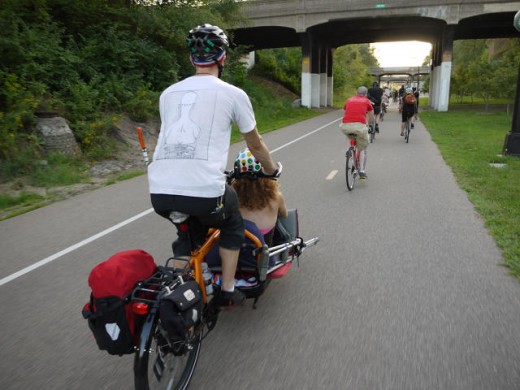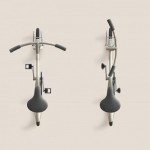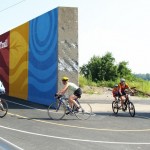These Are The 20 Best Cities For Biking In The World, And A U.S. City Actually Made The List
If Minneapolis—despite its sub-zero winters—can do it, so can the rest of America.
For bike commuters, Copenhagen is still the city to wish you lived in. A new ranking of over 100 global cities puts the famously bike-friendly Danish capital at the top of the 2015 Copenhagenize Index. But there are also a few newcomers to the top 20, including—for the first time since 2011—an American city.
Minneapolis squeezed into 18th place. “We are finally seeing American cities get their game face on and embrace protected bike lanes and complete networks to enable the bicycle as a feasible, accepted and respected form of transport,” says Mikael Colville-Anderson, CEO of Copenhagenize Design Company, who has led the bi-annual rankings since they began four years ago.
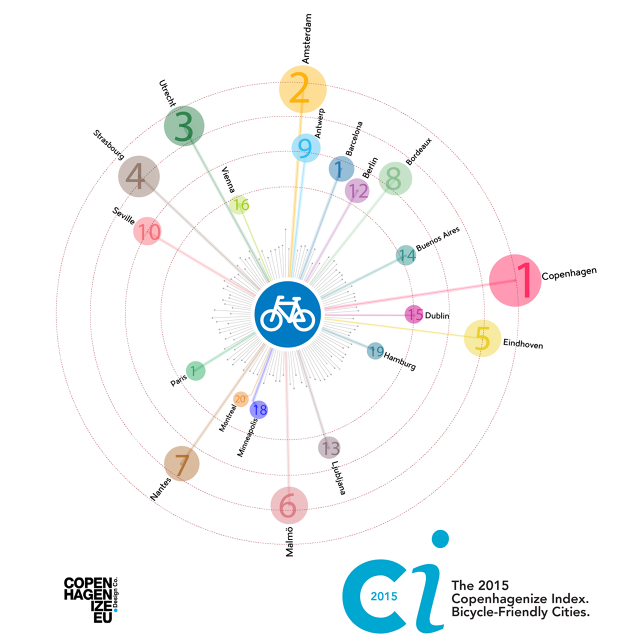
“The U.S. is far behind the curve but things are accelerating and cities are modernizing,” he says. In Minneapolis, despite sub-zero winters, a sprawling, 100-plus-mile network of on-street bike lanes has helped push up bike commuting. Thirty miles will be converted to protected bike lanes by 2020.
Though Copenhagenize only published the top 20 out of the 122 cities it ranked this year, it says that other U.S. cities are also moving up. “A handful of other American cities like New York, Washington D.C., and San Francisco are elbowing their way up the ranking,” says Colville-Anderson. “We might see one or two others in the top 20 in 2017.”
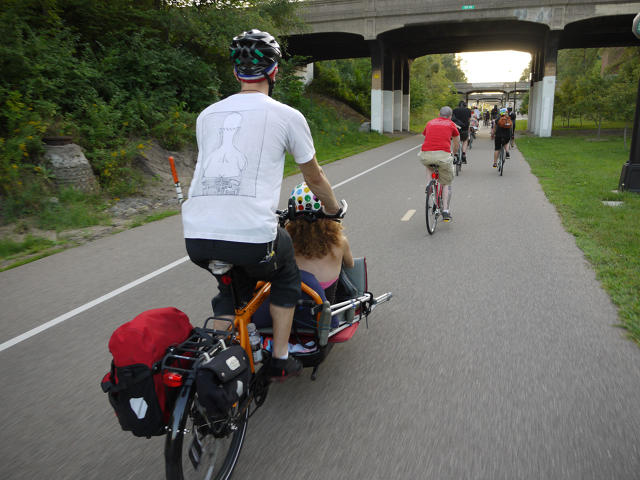
The index measures 13 different criteria for each city, from infrastructure like bike lanes, racks, or bike share programs, to the political and cultural climate for cyclists and the percentage of commuters using bikes instead of cars.
Even leaders like Amsterdam or Copenhagen have room to improve. Copenhagen is still making major changes (as the index says, “You simply can’t keep track of the constant flow of new bicycle urbanism stuff in Copenhagen,”) and last year, bike commuting jumped up from 36% of commuters to 45%. But the city wants to hit 50%. “Radical change is needed to achieve that goal,” says Colville-Anderson.
But every city, he believes, should be focusing on improving biking. “Urbanization is filled with challenges,” he says. “One of them is how to move people around cities with limited space. The bicycle is a perfect solution for a fair share of the population. It reduces traffic congestion, makes cities nicer, improves public health, you name it. Not banking on the bicycle is a massive fail for any city on the planet.”
[All Photos (unless otherwise noted): Copenhagenize Design Company]
(216)

